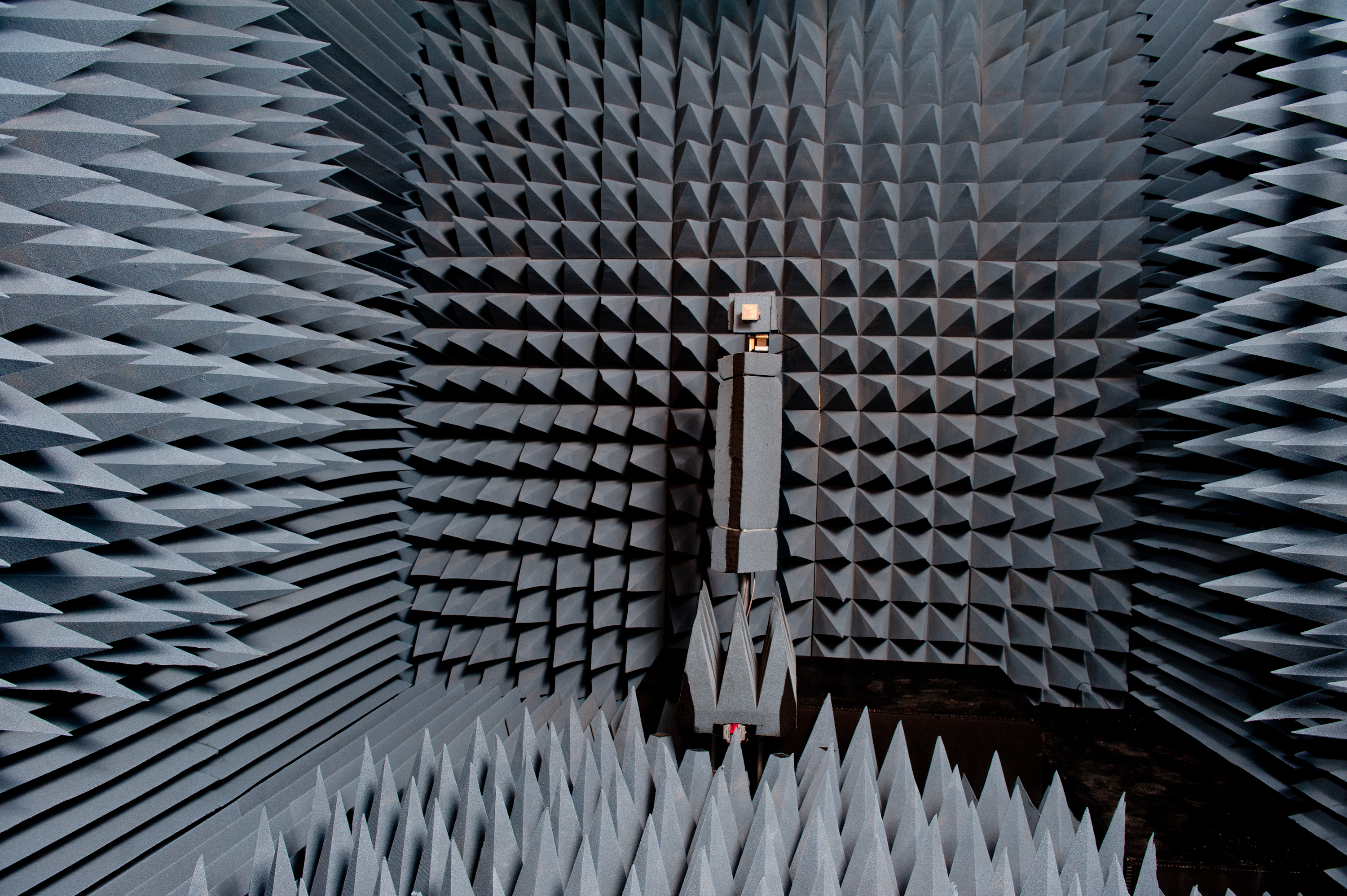Remote Lab Allows ‘Hands-On’ Testing of Antennas From Thousands of Miles Away


Imagine a lab that gives scientists the opportunity to do “hands-on” testing from thousands of miles away.
Researchers at NC State have created a remotely-controlled testing facility that allows students, professors and private companies from around the world to test prototype antennas for wireless devices. The lab was created to provide a teaching and R&D tool to institutions and companies that wouldn’t otherwise be able to test antennas, due to the expensive nature of the testing equipment.
“It can be difficult to get undergraduates excited about electromagnetics, since learning the basics revolves around abstract mathematical concepts,” says Dan Stancil, who led the creation of the Remote Educational Antenna Lab (REAL) at NC State. “To make it more accessible, we created Project REAL, which allows instructors to talk about electromagnetics in the context of antennas, which are found in every wireless device. Radio waves, after all, are electromagnetic signals.”
Here’s how REAL works as an educational tool. The physical lab is located at NC State, but it can be used by university instructors anywhere. A class can design and build an antenna, send it to NC State, and schedule a time to test it. NC State personnel then set the antenna up in the REAL facility for the appropriate testing period. Students can then log in from anywhere in the world and run tests on their antenna remotely.
Since 2011, REAL has been used by undergraduate students from as far afield as San Diego State University, Georgia Tech and Carnegie Mellon. But Stancil, who is also the head of NC State’s Department of Electrical and Computer Engineering, is hoping that more universities will take advantage of the facility.
To reach more university instructors (and their students), Stancil and two colleagues have written a paper detailing the development of the lab and its effectiveness as a tool for use in undergraduate education. Among other things, they report that Project REAL has proven to help students understand both the practical applications of electromagnetics and the fundamental concepts of how antennas work.
The peer-reviewed paper, “The Remote Educational Antenna Laboratory: Making it Easier to Add Projects to Antenna Courses,” was published online May 29 in IEEE’s Antennas and Propagation Magazine. The paper was co-authored by Satish Sharma of San Diego State University and Anne Fay of the University of Pittsburgh.
“While we’re trying to identify additional university partners, we’re also hoping to let more people in the private sector know that REAL is available for R&D,” Stancil says. “If companies are developing wireless technologies, we can help with prototype testing.”
Who knows? Maybe the next generation of remotely-controlled wireless devices will prove their mettle in the remotely-controlled, wireless lab.
- Categories:


